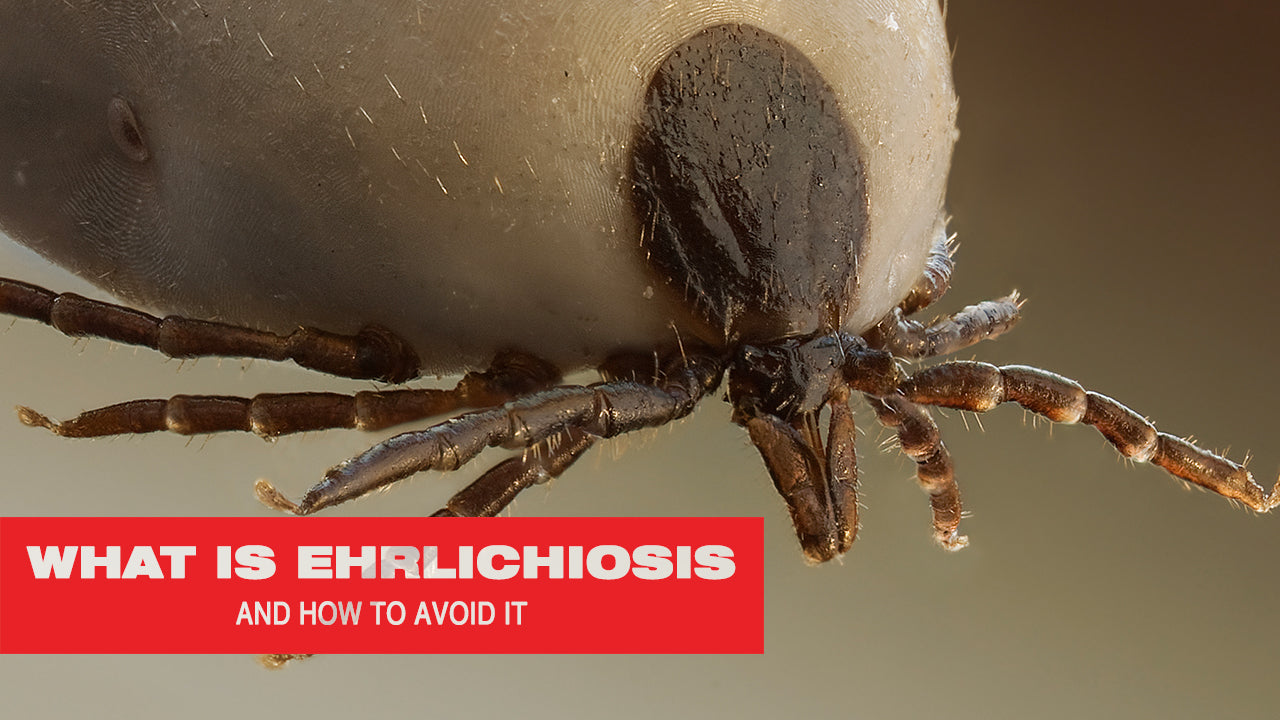What is Ehrlichiosis?
Ehrlichiosis is a bacterial illness transmitted by ticks that causes flu-like symptoms. The signs and symptoms of the illness range from mild body aches to severe fever and usually appear within a week or two of a tick bite. If treated quickly with appropriate antibiotics, Ehrlichiosis generally improves within a few days.
What are the Symptoms of Ehrlichiosis?
A tick has to feed on you for at least 24 hours before it can transmit the bacterium that causes Ehrlichiosis. Typically, flu-like symptoms appear within seven to 14 days after the bite.
Symptoms may include
- Chills
- Headache
- Cough
- Mild fever
- Muscle and joint pain
- Fatigue
- Loss of appetite
- Nausea
- Vomiting
- Diarrhea
- Confusion
- Rash
Sometimes these symptoms are so mild that the body fights them off on its own without any medication. But untreated, persistent symptoms can cause severe illnesses that might even require hospitalization.
How Does Ehrlichiosis Spread?
The illness is caused by Ehrlichia bacteria that is primarily carried and transmitted by the Lone Star Tick.
A bite by an infected tick spreads the bacteria as it enters your bloodstream. However, it takes at least 24 hours. And if the tick is removed within that time, it may prevent the infection.
Even so, it’s also possible the illness may be transmitted through blood transfusion, from a mother to her fetus, and even from direct contact with infected slaughtered animals.
Affected Regions in the United States
The illness is mostly reported from the southeastern and south-central US, from East Coast to Texas.
As of 2017, four states, Missouri, Arkansas, New York, and Virginia- accounted for more than 50% of all the reported cases of Ehrlichiosis. Some cases of Ehrlichiosis caused by E. Muris eauclairensis have also been reported in Minnesota and Wisconsin.
How many cases of Ehrlichiosis in the United States in 2019?
The number of cases has increased steadily since the first year of its reporting. Though a compiled report of the cases for 2019 is yet to be published, CDC reported more than 1,642 cases as of 2017.
However, even though the cases and incidence rose, its fatality rate has declined since these reports.
How to avoid Ehrlichiosis and protect yourself
Your best bet to avoid catching Ehrlichiosis is to steer clear of tick bites.
Follow the tips discussed below to avoid tick bites.
- Wear light-colored clothes to detect ticks, since, they are usually dark
- Avoid open-toed shoes or sandals because that’s the first part ticks latch on
- Apply repellent (Environment Protection Agency-registered)
- Wear long pants and long sleeves to avoid exposing skin
- Tuck your shirt into your pants and your pants into your socks, so the tick doesn’t attach to your skin
- Stay on clear trails whenever possible (it’s better to avoid ticks altogether)
- Inspect your body, clothes, and gear after you get back inside
- Don't forget your pets, after all they are the most prone to getting ticks. Follow this guide to check your dog for ticks.
Should I see a doctor?
As the incubation period usually ranges from seven to 14 days, if you show signs of Ehrlichiosis within two weeks of a tick bite, consult your doctor.
Pay close attention to the areas you visited if you show any of the above signs, and make sure to inform your doctor about it especially if the area has a high population of ticks or has had reported cases of the illness.
For more information on other tick-borne diseases and illnesses, read our guide about other common tick diseases in the United States.











